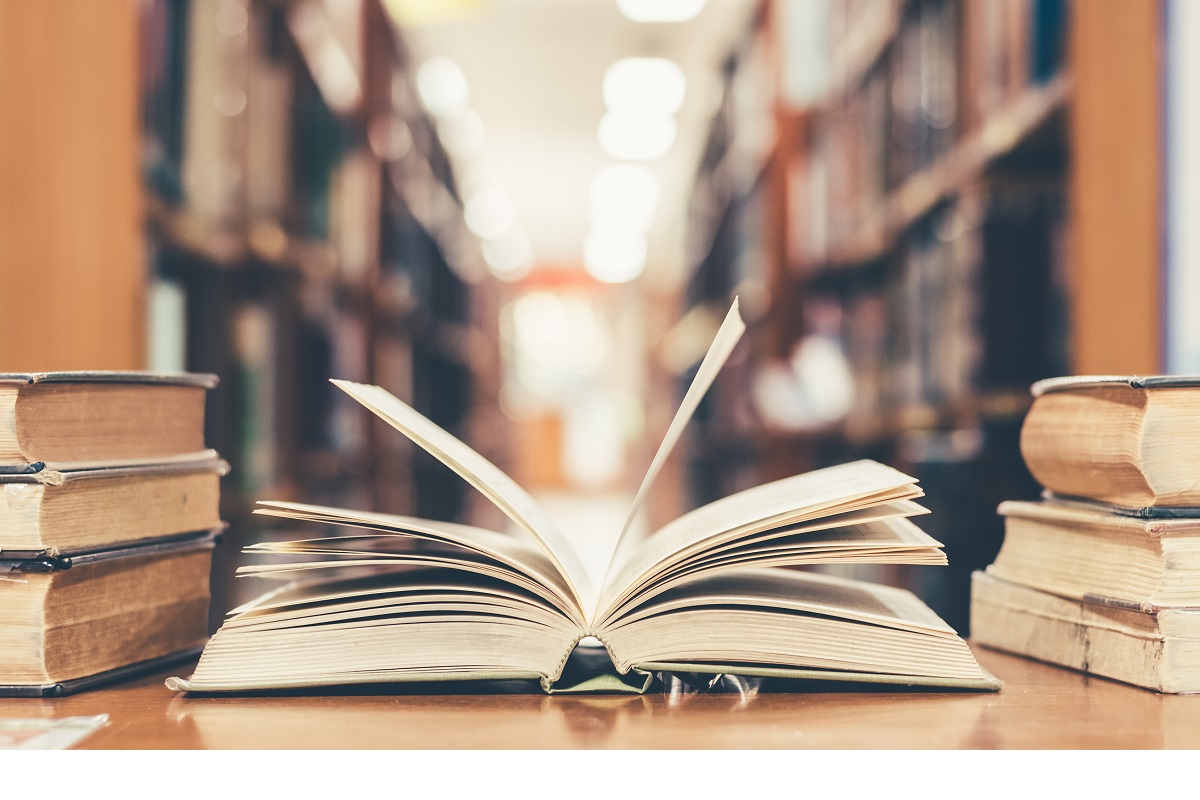First-ever Indian sign language dictionary of 3000 words launched
Union Minister for Social Justice and Empowerment Thaawarchand Gehlot on Friday launched the first ‘Indian Sign Language’ (ISL) dictionary containing…
The digital dictionary has also come in handy for the physically-disabled and opened up new vistas of learn ing for them in the comfort of their homes.

(Representational Image; Source: iStock)
Even three-four decades back, the weighty tome called the dictionary was a prized fancy possession of a fam ily, occupying a prominent nook of the bookshelf. It had a status symbol; neighbours and acquaintances would drop in to cast a covetous glance on the magical book and sometimes even thumb through its pages with loving care.
Verily, the owner’s pride and neighbours’ envy, the household in possession of this treasure trove of knowledge acquired a distinct social standing and scholastic image of its own. Alas, after reigning supreme for four centuries, the print dictionary appears to be losing its sheen to the digital version, which has proved to be a boon for learners of the language.
Plummeting sales, gradual shutdowns and disappearance of bookstores, easier and quicker any time access of the highly cost-effective online version at the mere click of a finger and the timely incorporation of changes and frequent updations have heralded the death knell for the much-coveted print dictionary, which now languishes in a forlorn corner, acquiring dust and exhibiting signs of neglect.
Advertisement
The digital dictionary has also come in handy for the physically-disabled and opened up new vistas of learn ing for them in the comfort of their homes.
The burgeoning demand for the online template, with its up-to date lexical content, audio/video lessons and other important features have proved to be a popular draw for learners of all age-groups. Notwithstanding these benefits, the print dictionary has some advantages.
Vinita Kumar, an eminent author-cum-educationist sums it up quite succinctly: “The traditional learning mode gives your child’s brain a necessary work out, whets his curiosity to be more focused and helps develop problem solving skills. In his quest for the right word, he subconsciously enriches his vocabulary by becoming adept at proper sequencing and alphabetisation, thereby honing his spelling IQ.
Learning proceeds without any distractions in the form of unnecessary pop-ups, ads, cookies etc.” The publication of Samuel Johnson’s path-breaking initiative ‘A Dictionary of the English Language’ in 1755 laid the ground work for the modern-day print dictionary.
The arduous work running into 70,000 words entitled ‘An American Dictionary of the English Language’ took 28 long years in the making, during which Webster mastered over 26 languages, including Sanskrit. Johnson’s epochal work, however, served as the standard reference text for a long period till the advent of the ‘Oxford English Dictionary’ with its 12 volumes in 1928, widely regarded as the definitive authority on dictionaries. With the majestic strides of technology and the humongous proliferation of the internet, innumerable words in regular use on social media viz. selfie, troll, screenager, egosurf, techy, srsly (seriously), inbox, tweet, TL(too long), DR (did n’t read), OMG(Oh My God), netiquette etc. have gained recognition in the ever-expanding and hallowed portals of the dictionary. Quite irrespective of the different types of print dictionaries, there is a quirky running thread in all of them — they are all out of date by the time they are published.
Advertisement